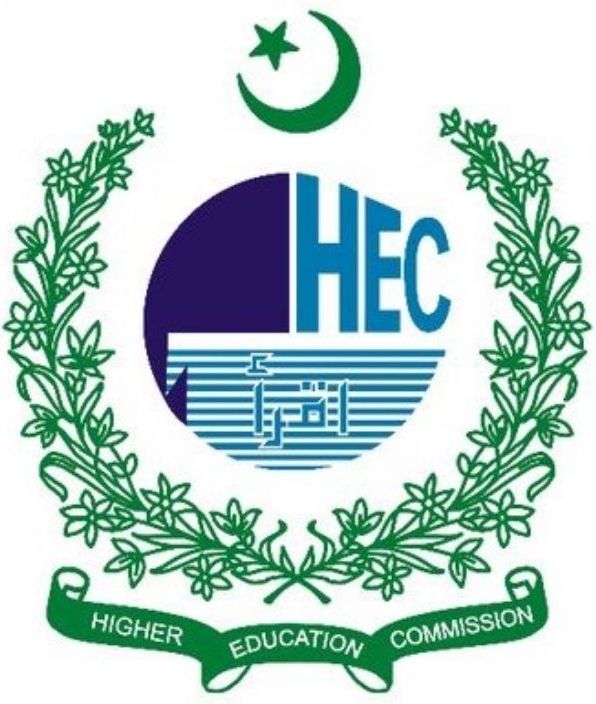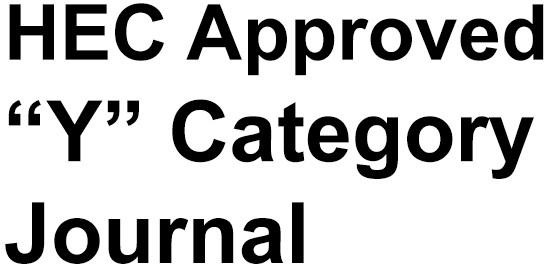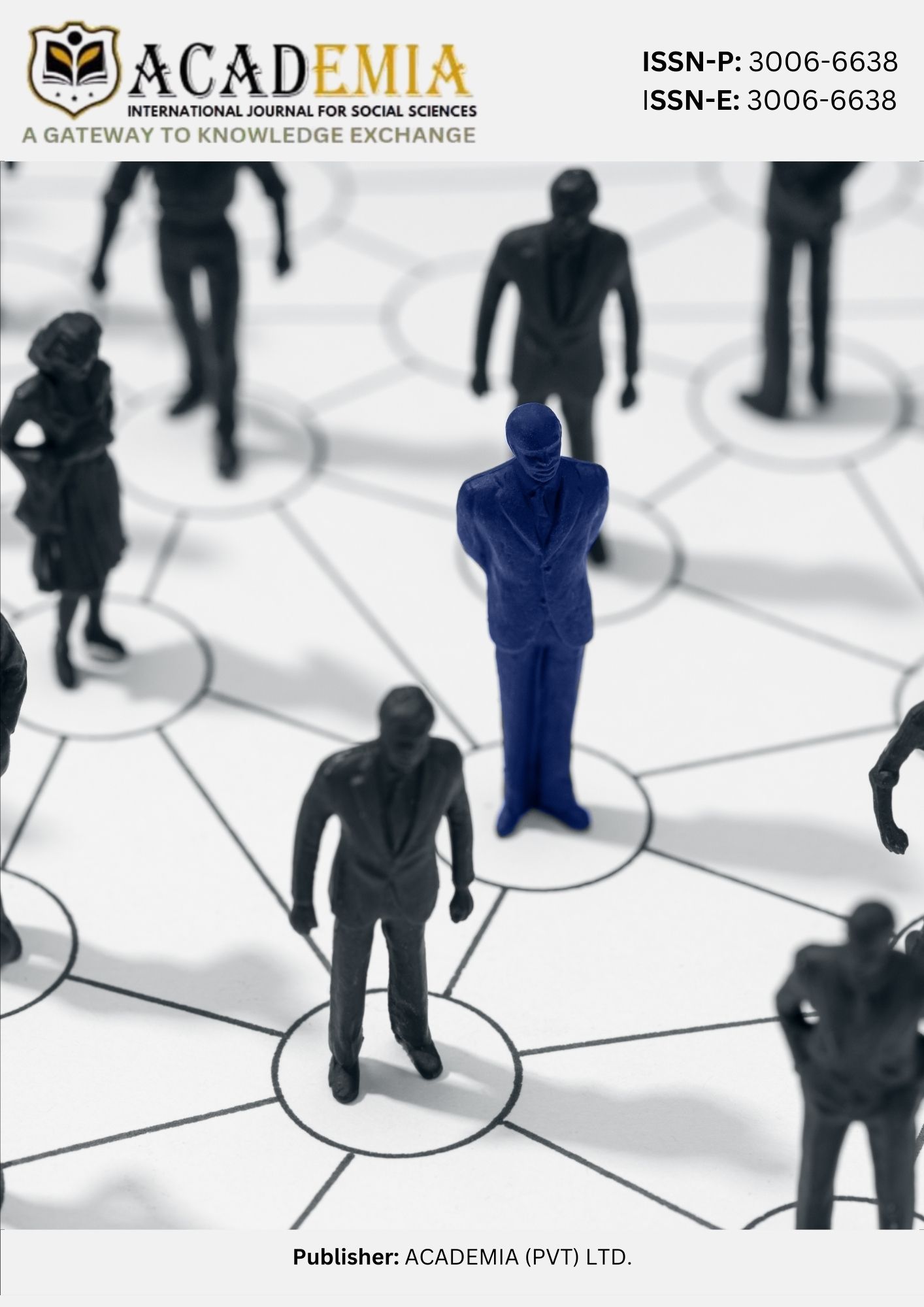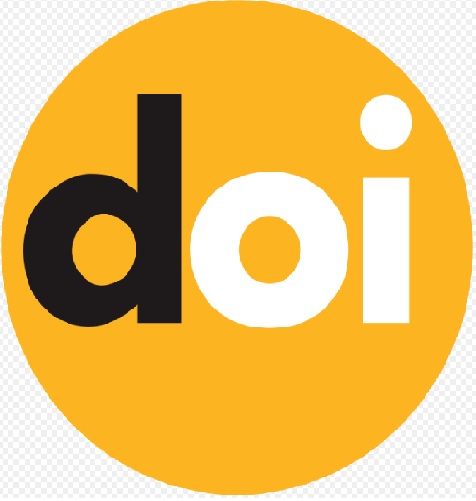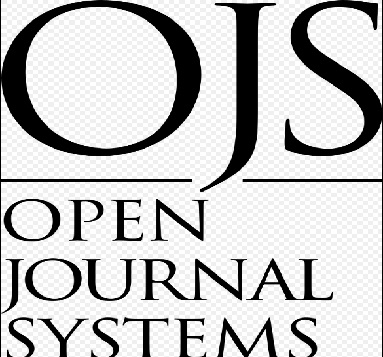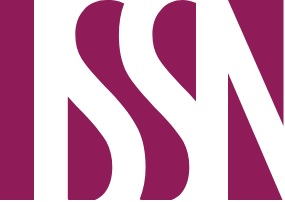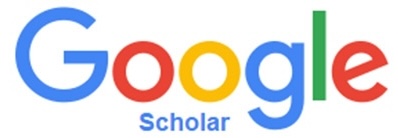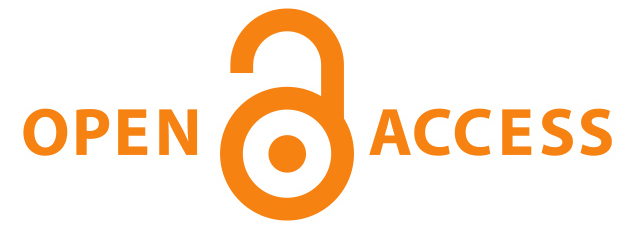Role of Experiential Learning in Bridging the Academia-Industry Gap
DOI:
https://doi.org/10.63056/ACAD.004.02.0277Keywords:
Gap , Experiential , Learning , academia-industryAbstract
In order to bridge the gap between academics and industry, this study paper delves into the crucial function of experiential learning. It gives some background and then dives into how experiential learning helps students build skills and critical thinking in preparation for the job by focusing on practical applications and hands-on experiences. The study draws attention to the problems by revealing the disconnect between what is taught in schools and what employers really need, and it stresses the importance of cultivating a talent pool that is both flexible and prepared to work in the real world. The paper's stated goals and objectives support its need for more experiential learning in schools so that students can meet the demands of employers. In order to demonstrate the real-world effects of experiential learning in producing a workforce with theoretical understanding and practical skills, the technique employs a thorough examination of case studies. The article presents findings that demonstrate the beneficial effects of experiential learning, with the use of in-depth case studies to back it up. The results highlight the value of partnerships between businesses and schools, and they suggest ways to bridge the gap between the two sectors by working together proactively and building an adaptive learning environment. The research report concludes by stressing the importance of experiential learning in training workers to adapt to a dynamic and unpredictable job market. In order to close the gap between the classroom and the workplace, the study promotes a paradigm shift by calling for the aggressive incorporation of experiential learning into course requirements.
Downloads
Published
Issue
Section
License
Copyright (c) 2025 Nabeel Ali Khan, Majid Ali, Muhammad Mujeeb Sattar, Nehal Sohail, Sehrish Riaz, Muhammad Siddique (Author)

This work is licensed under a Creative Commons Attribution 4.0 International License.


